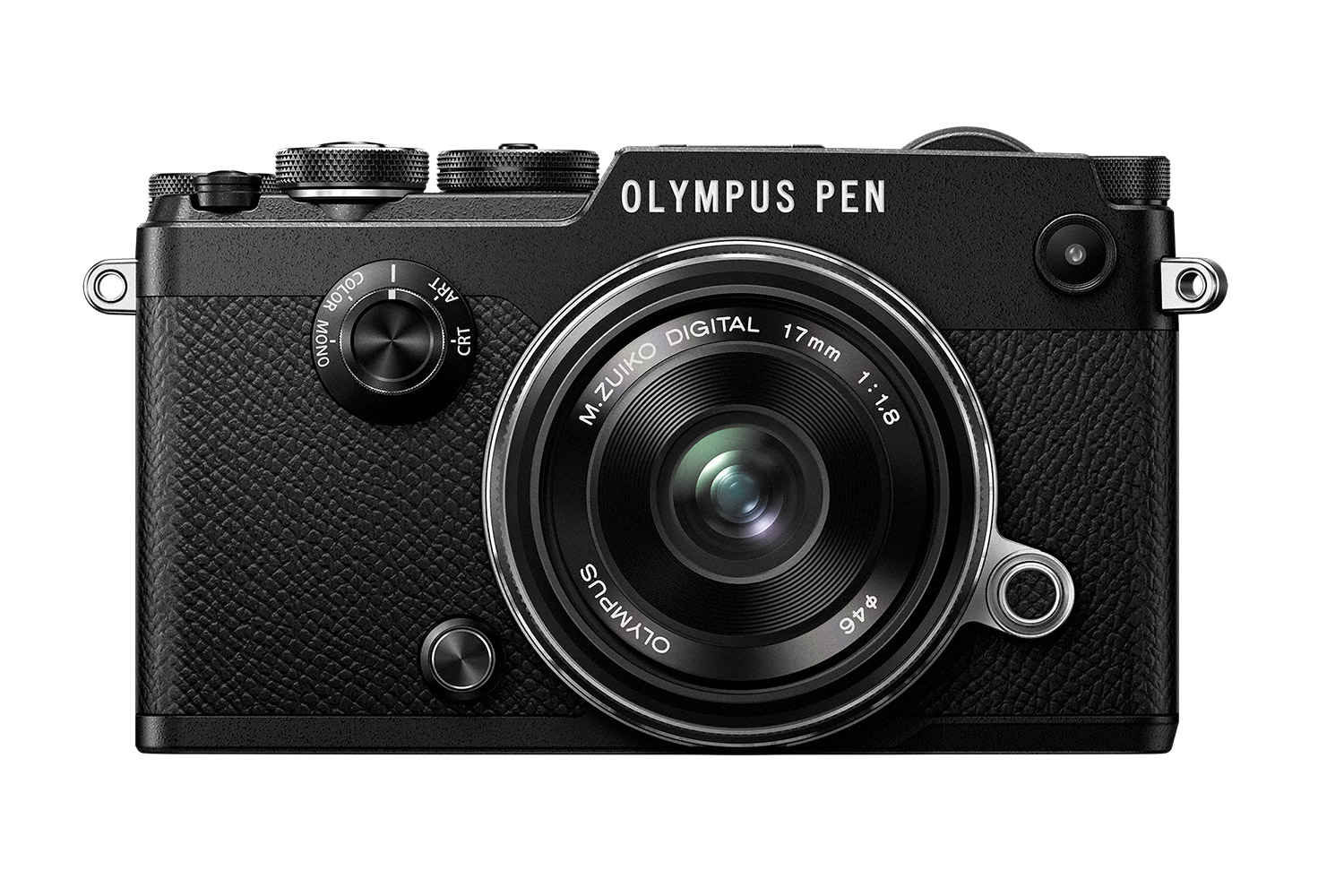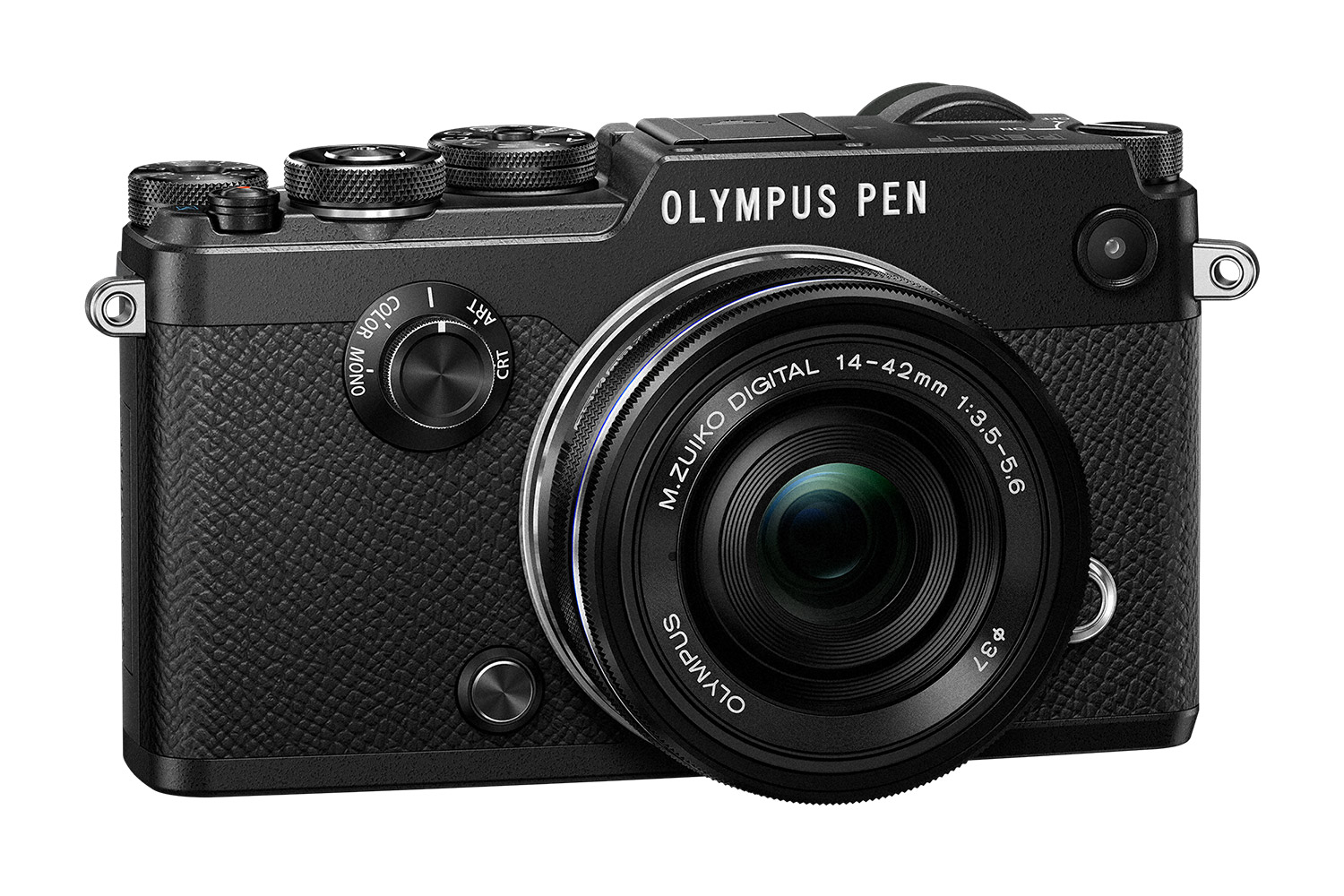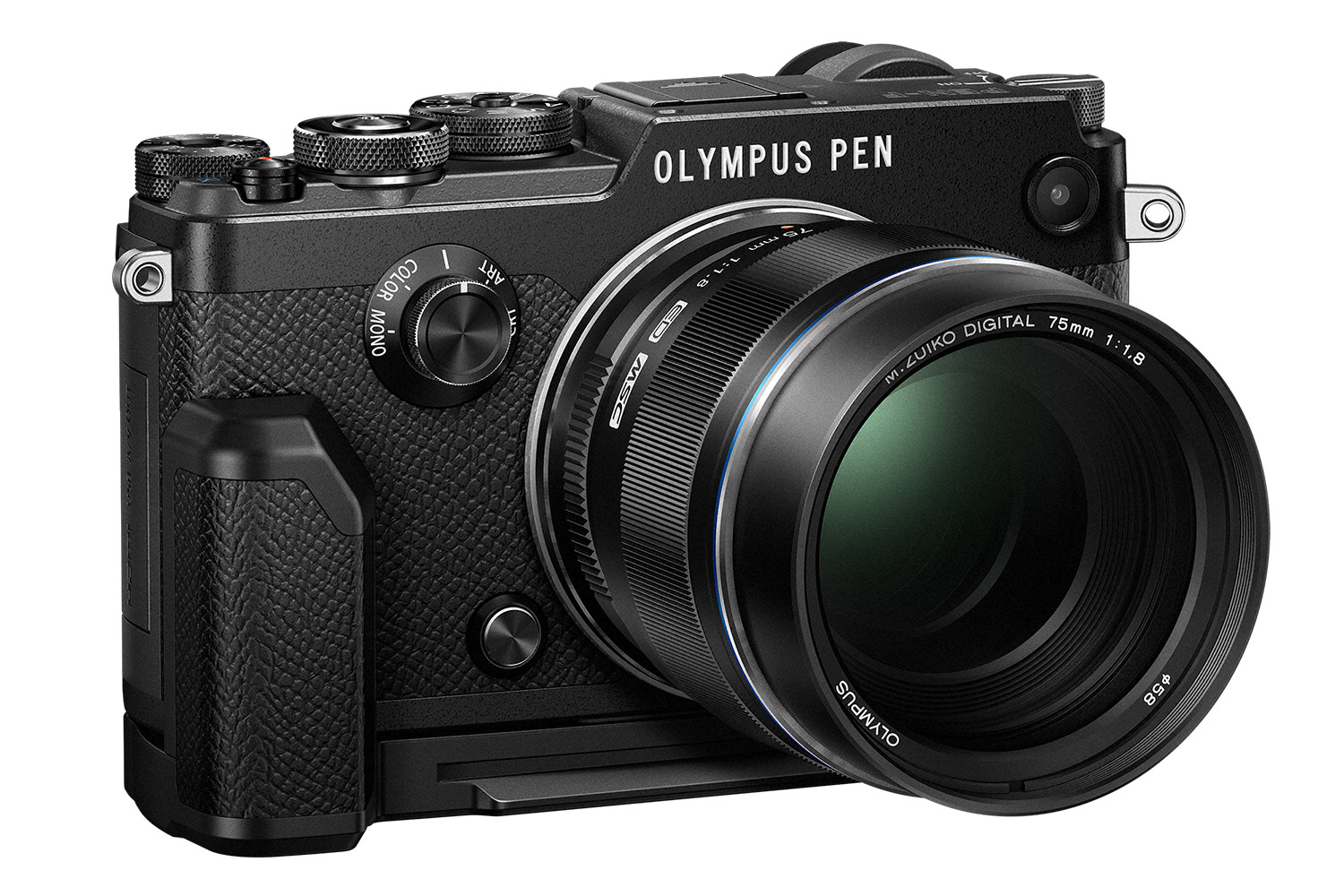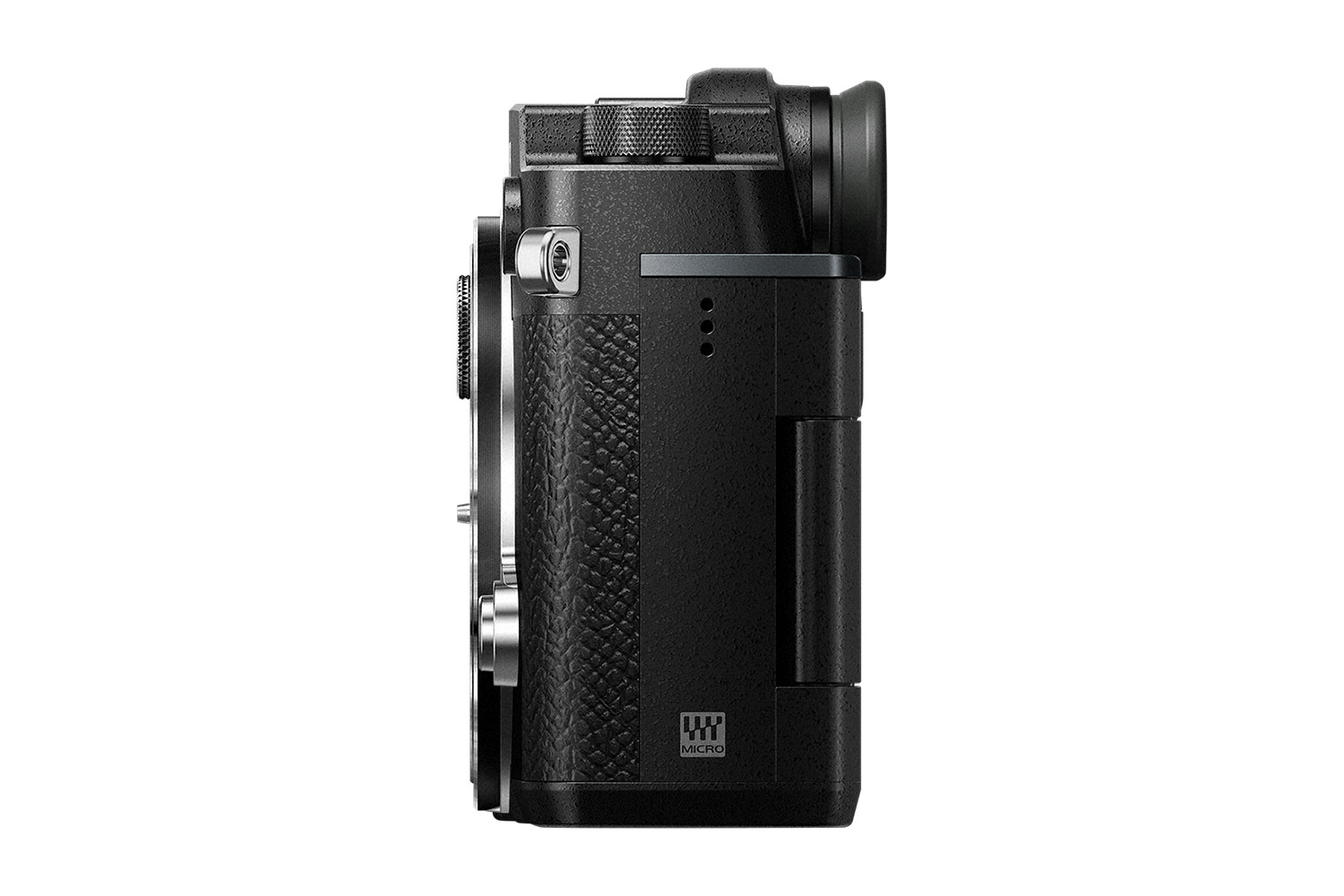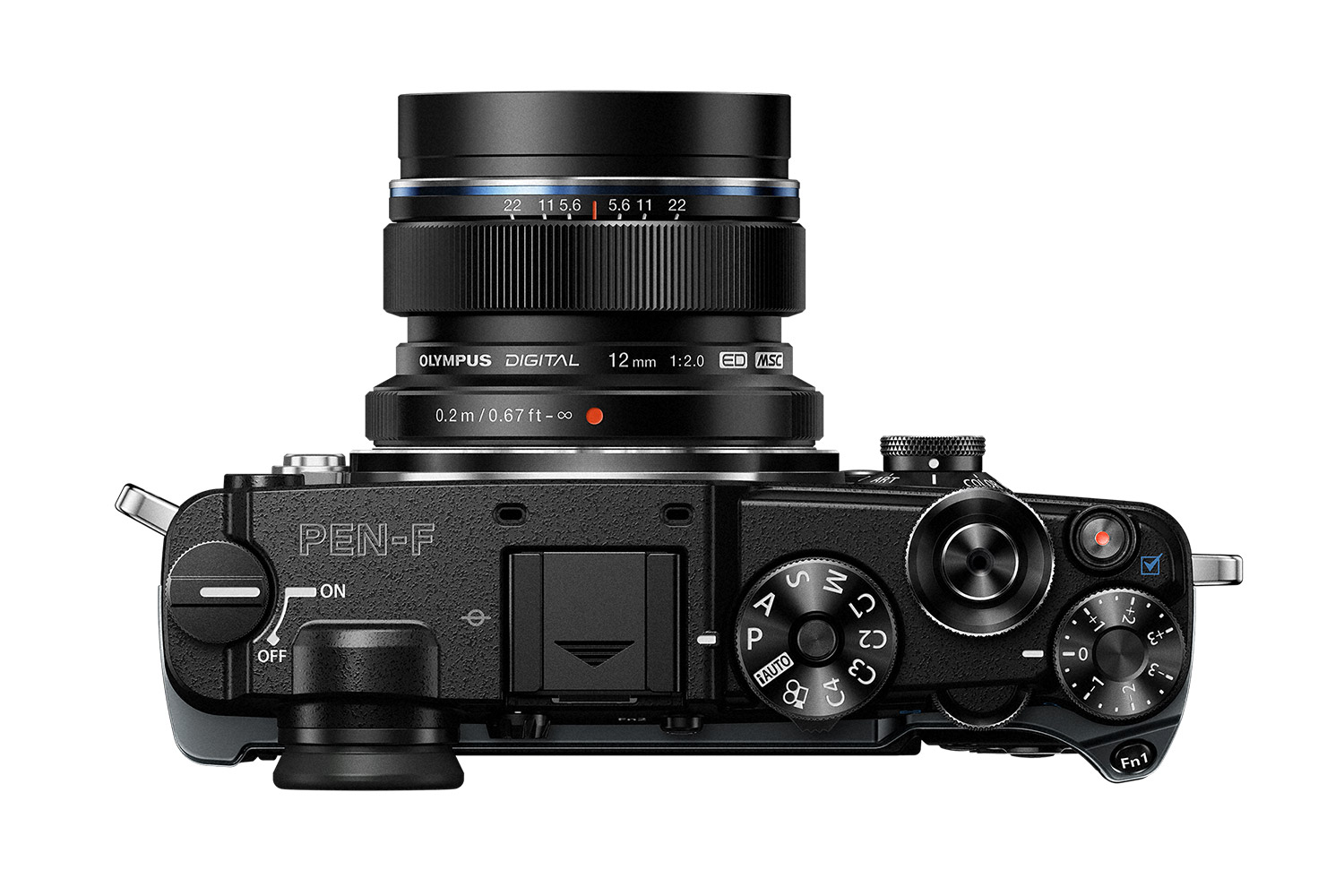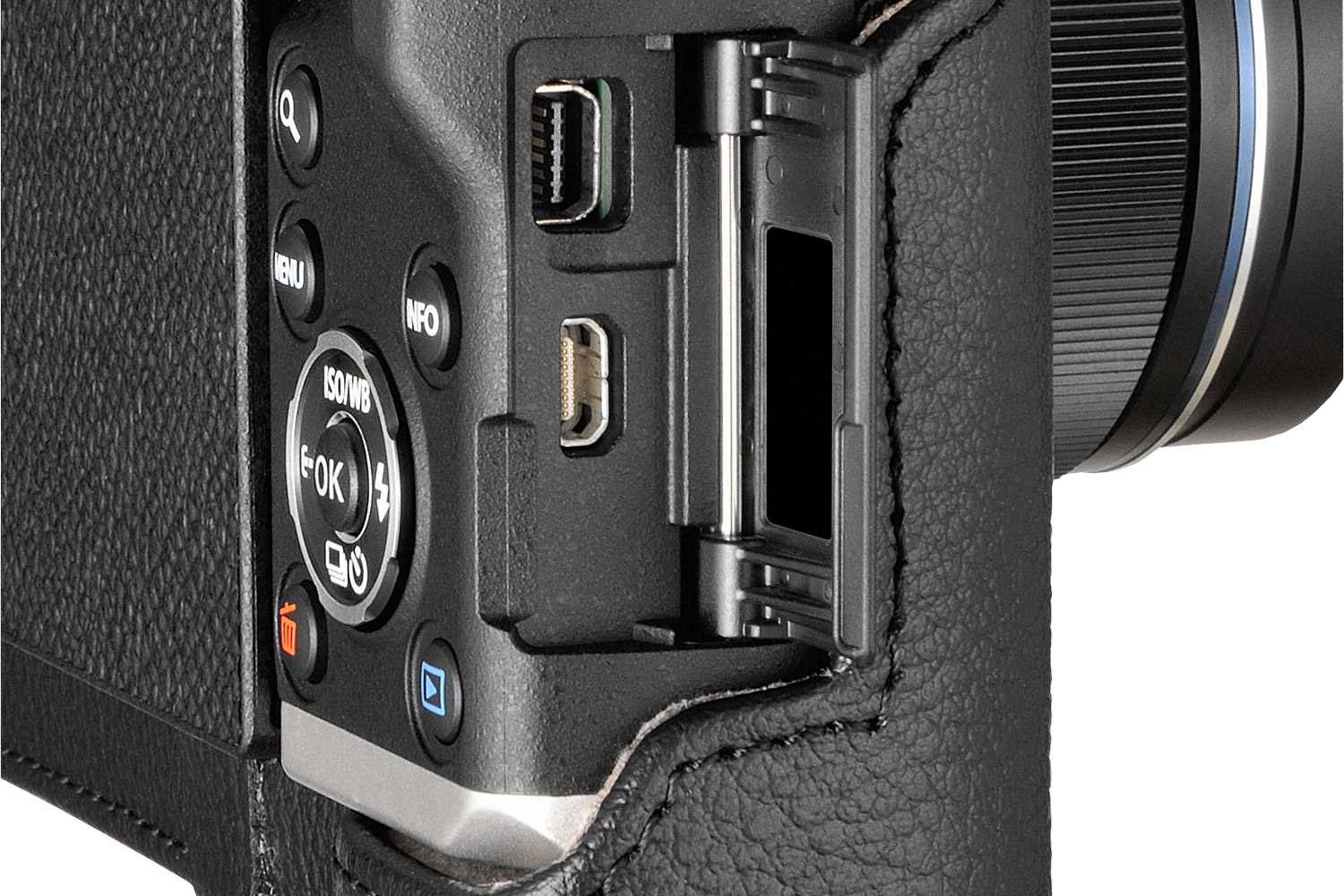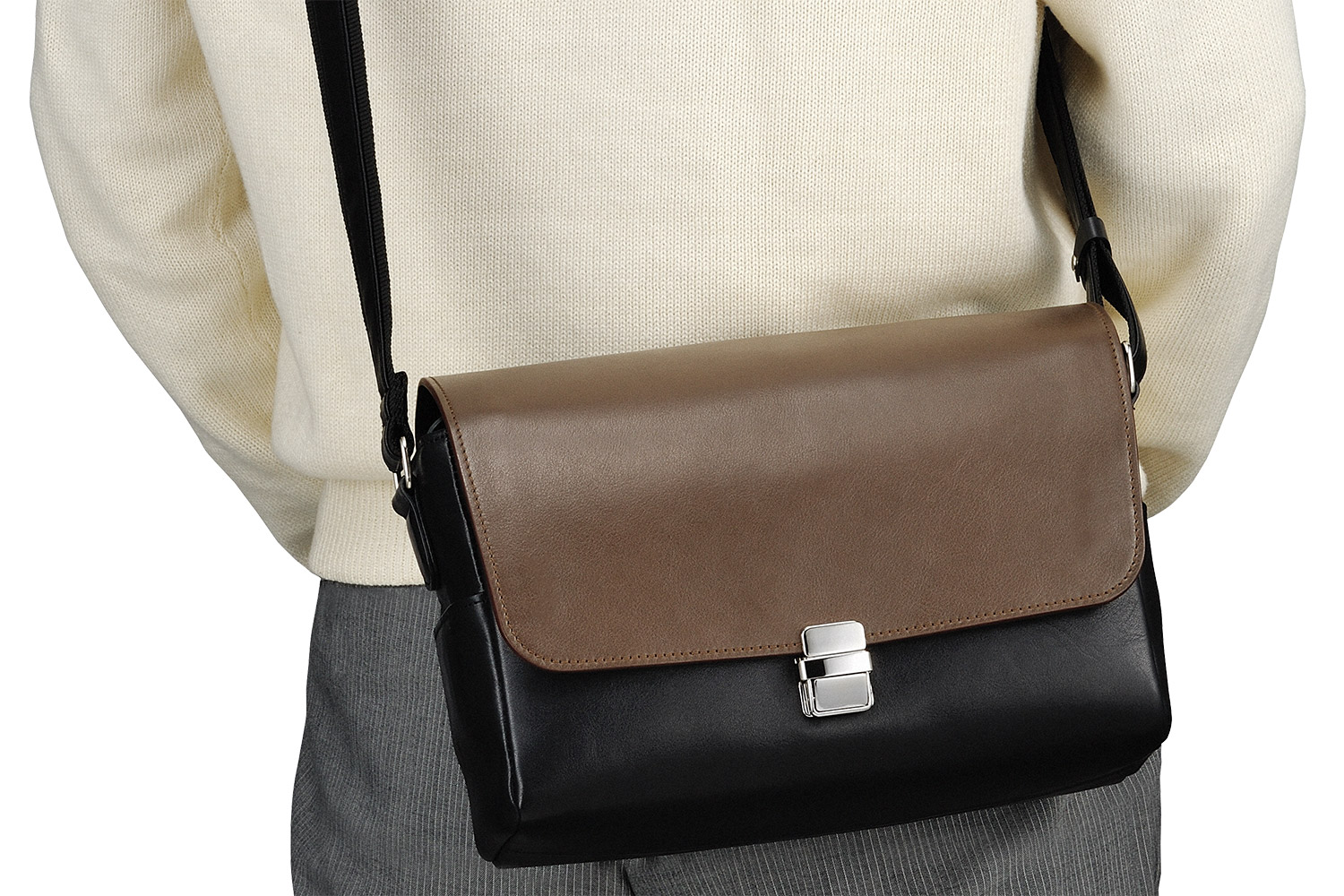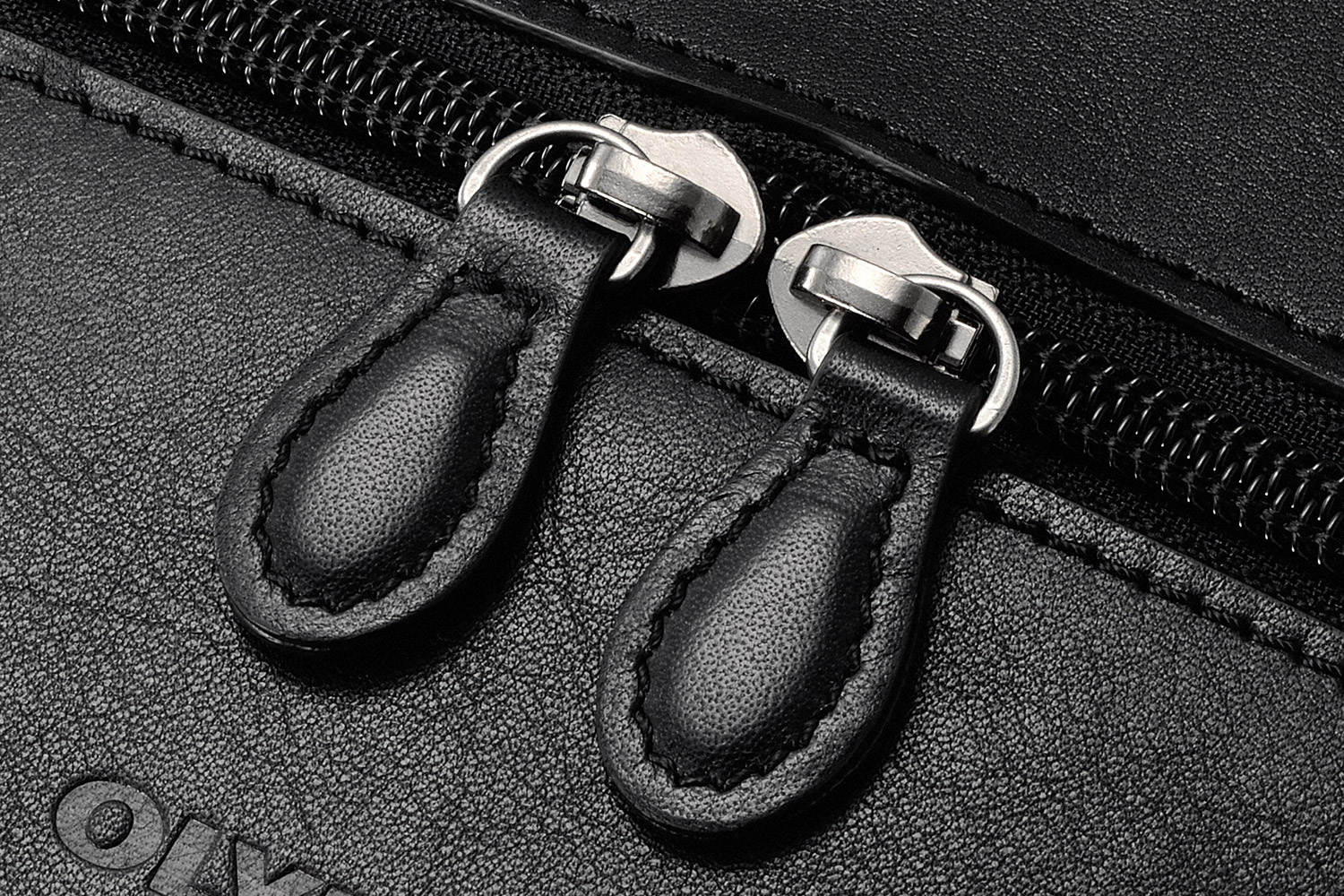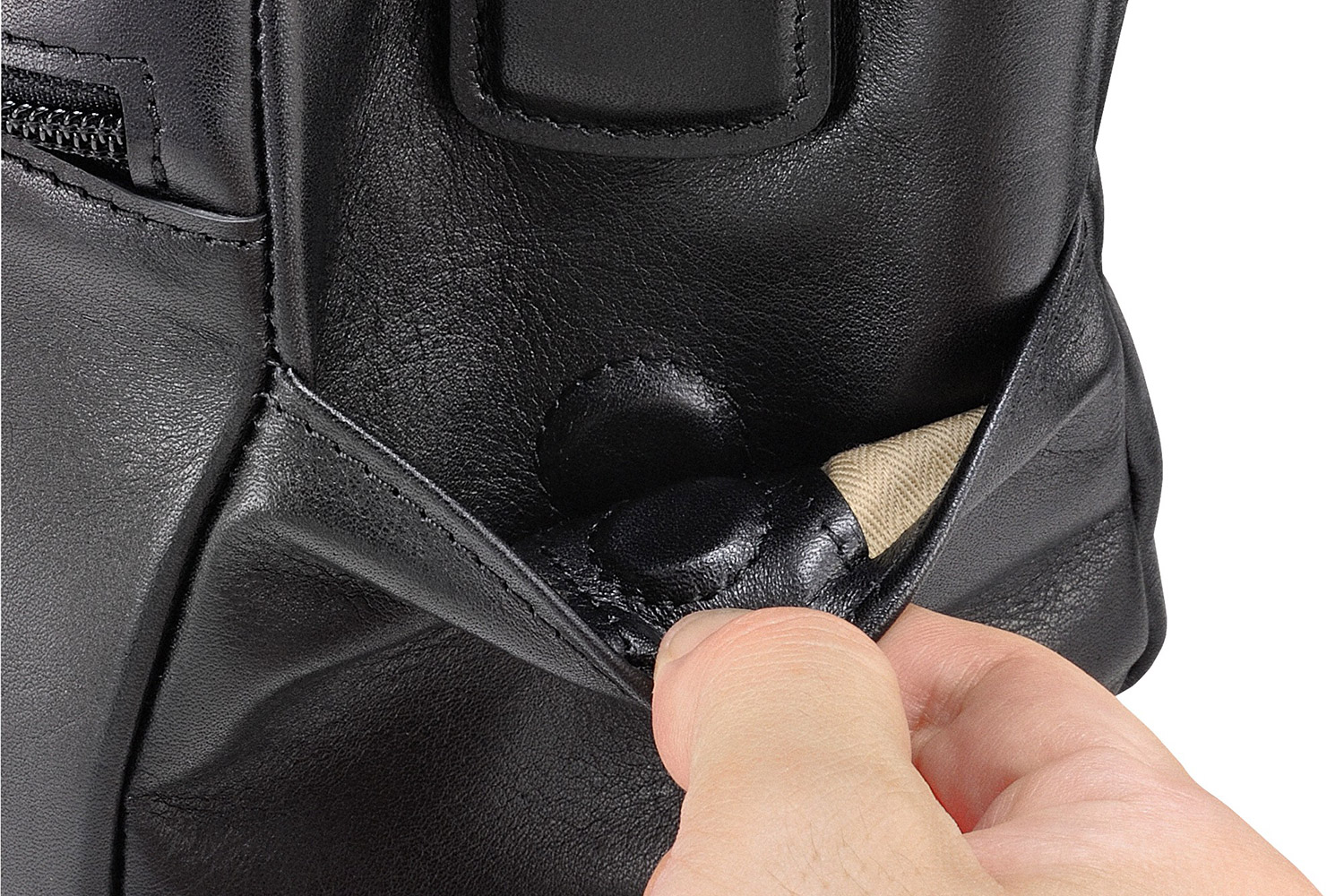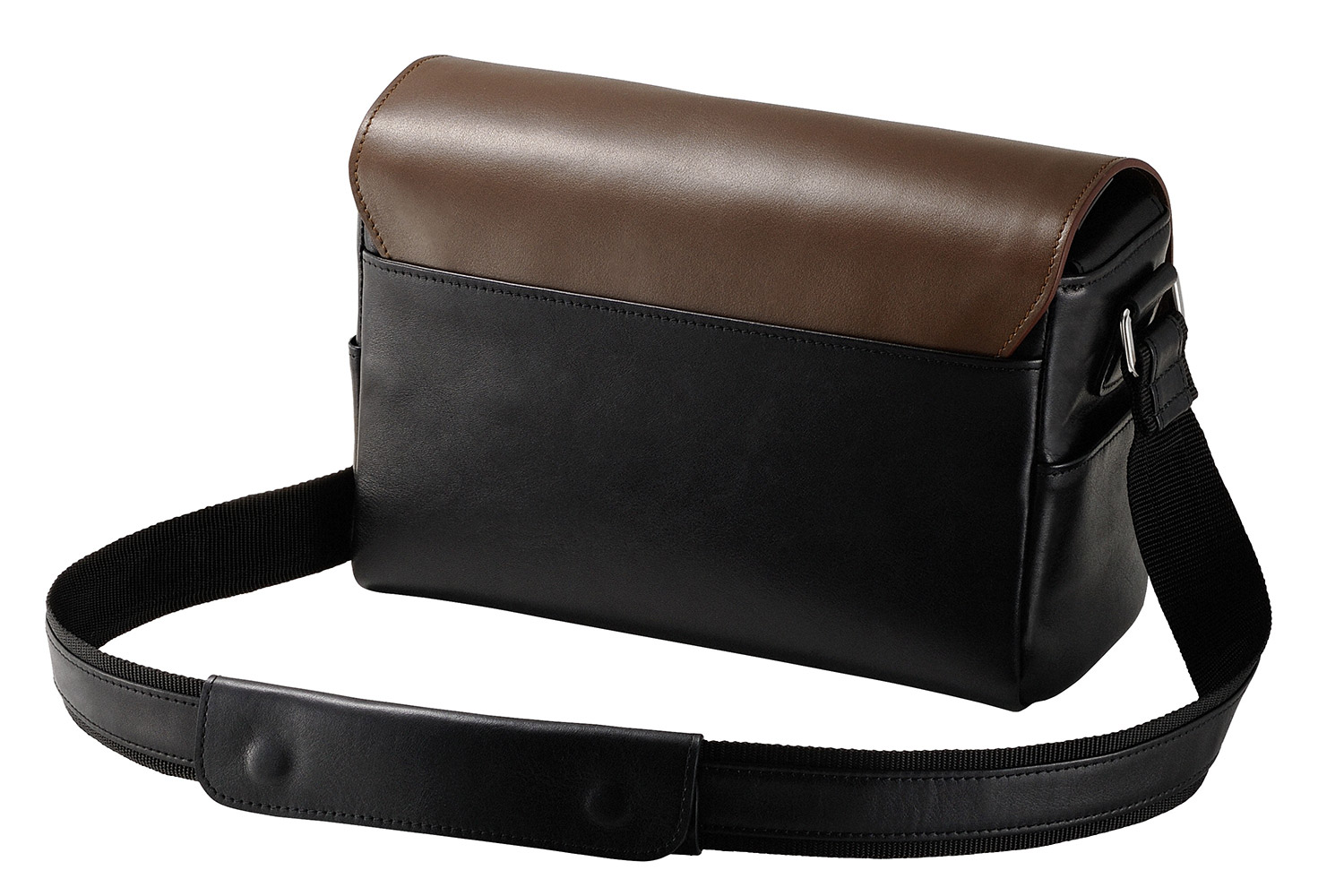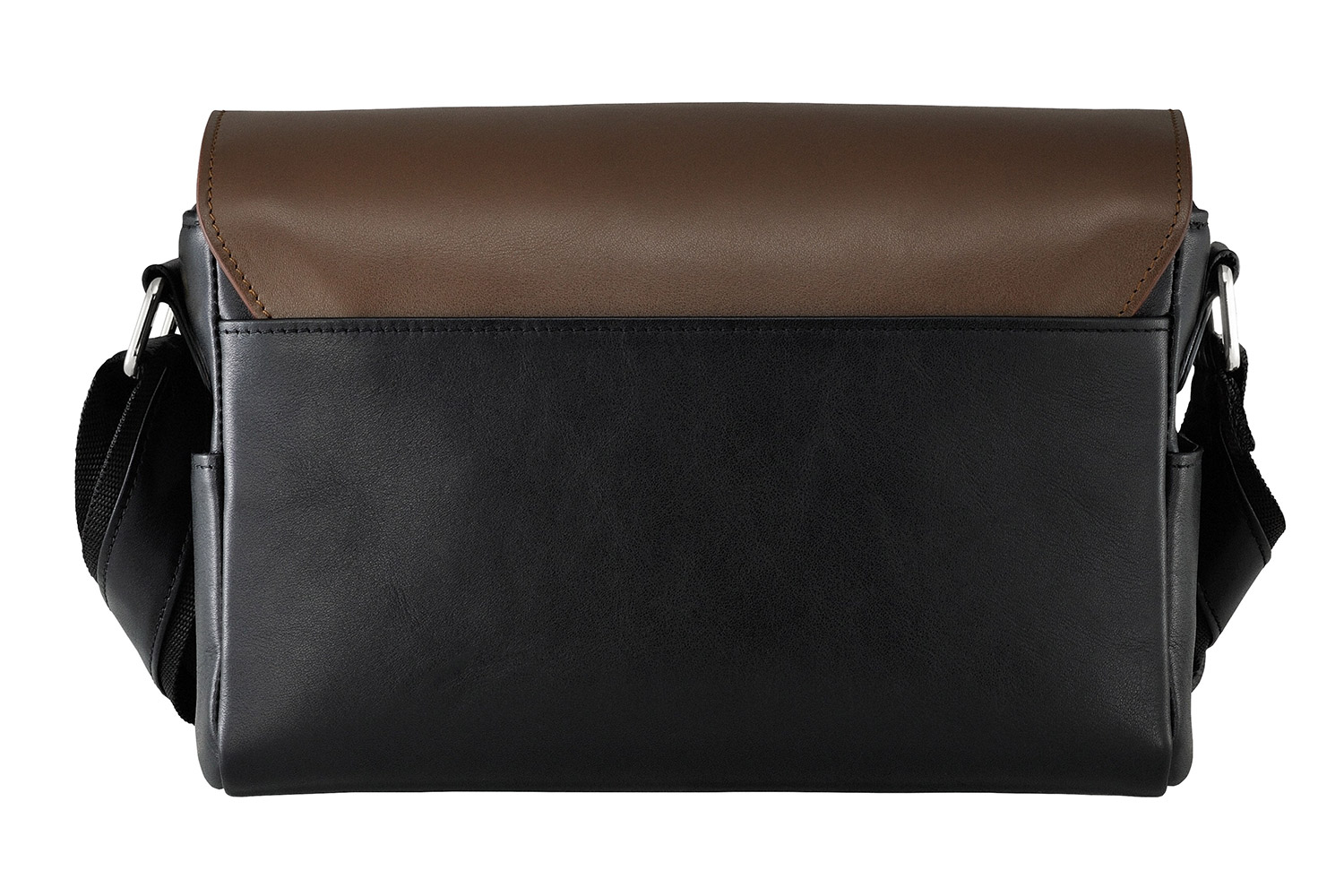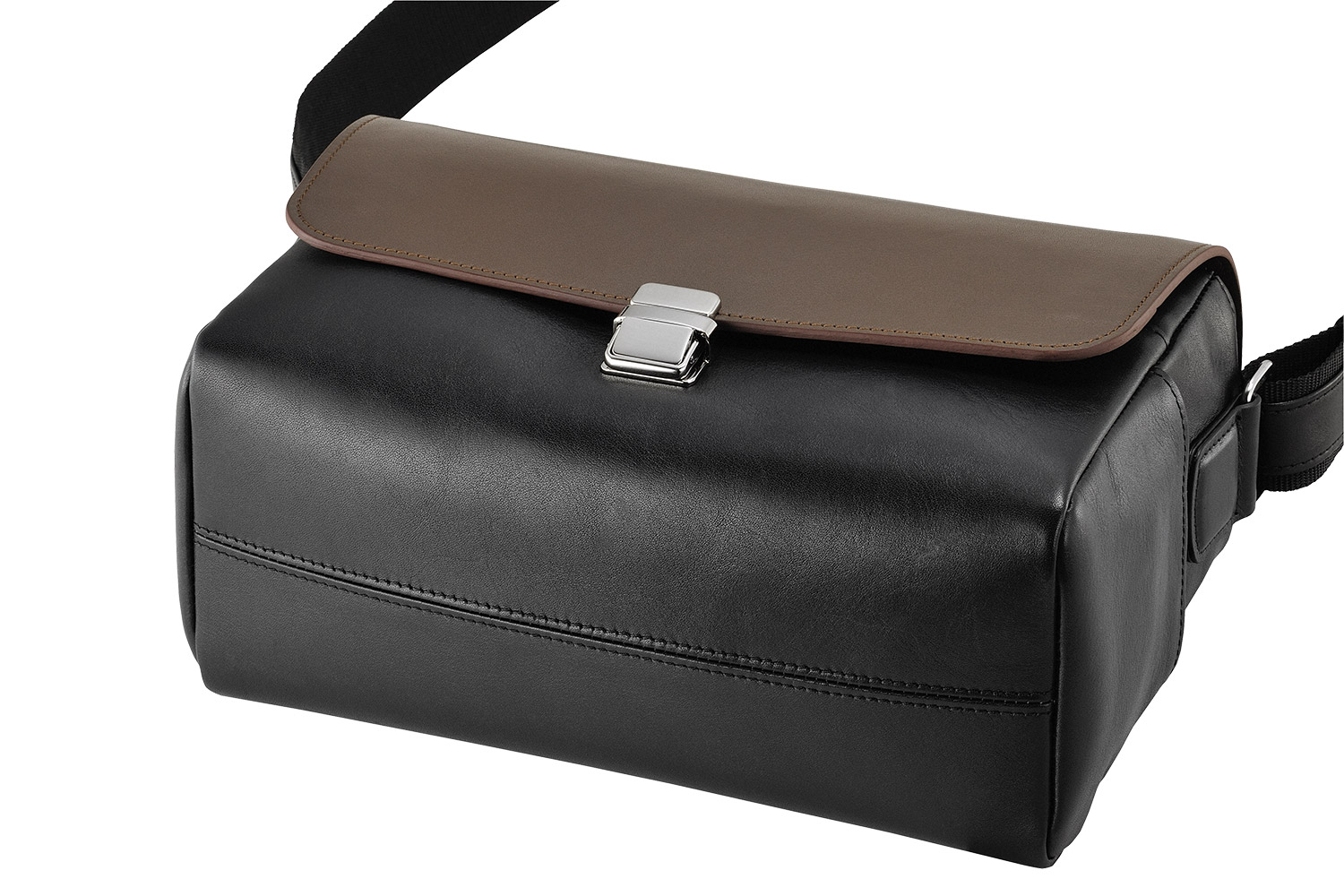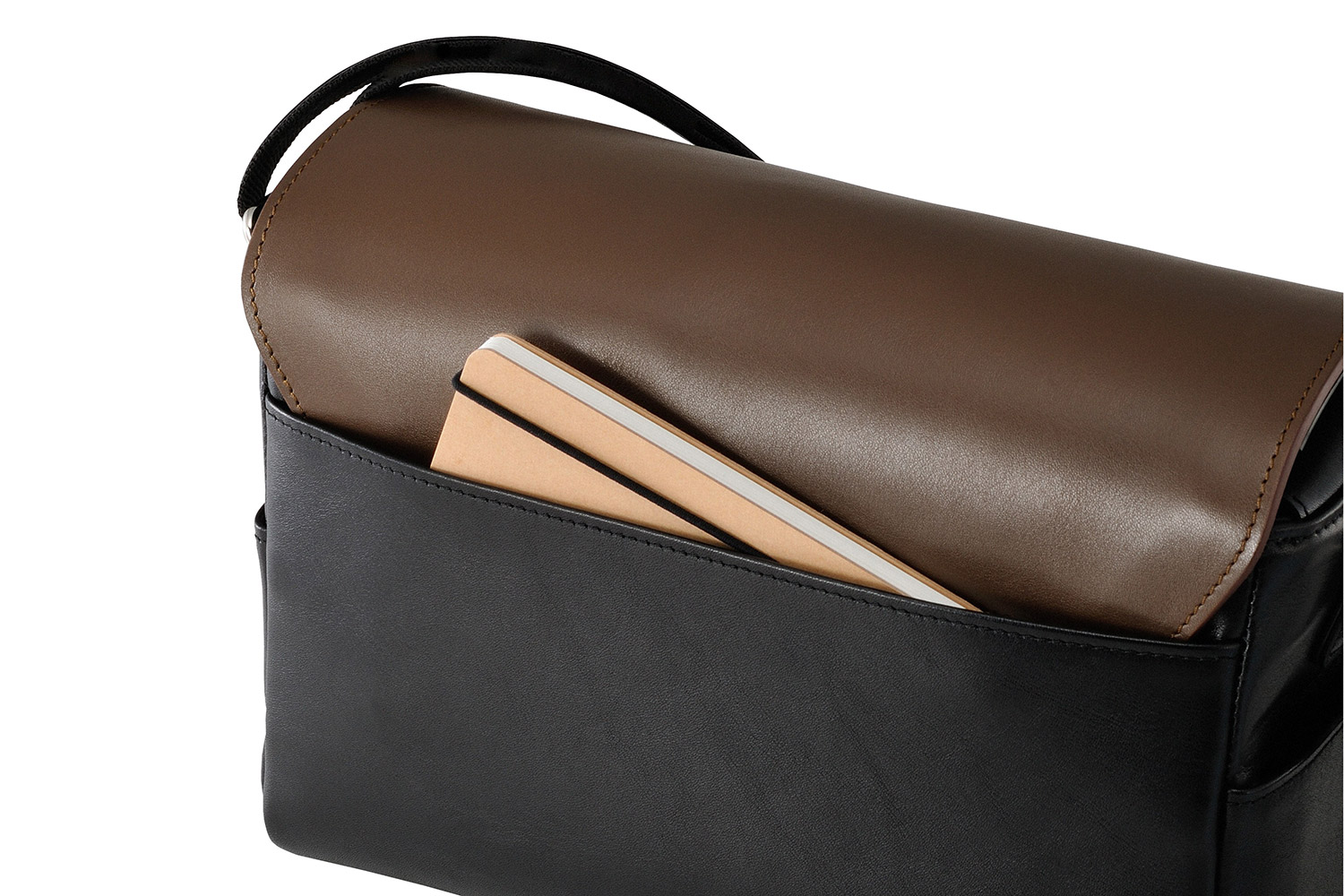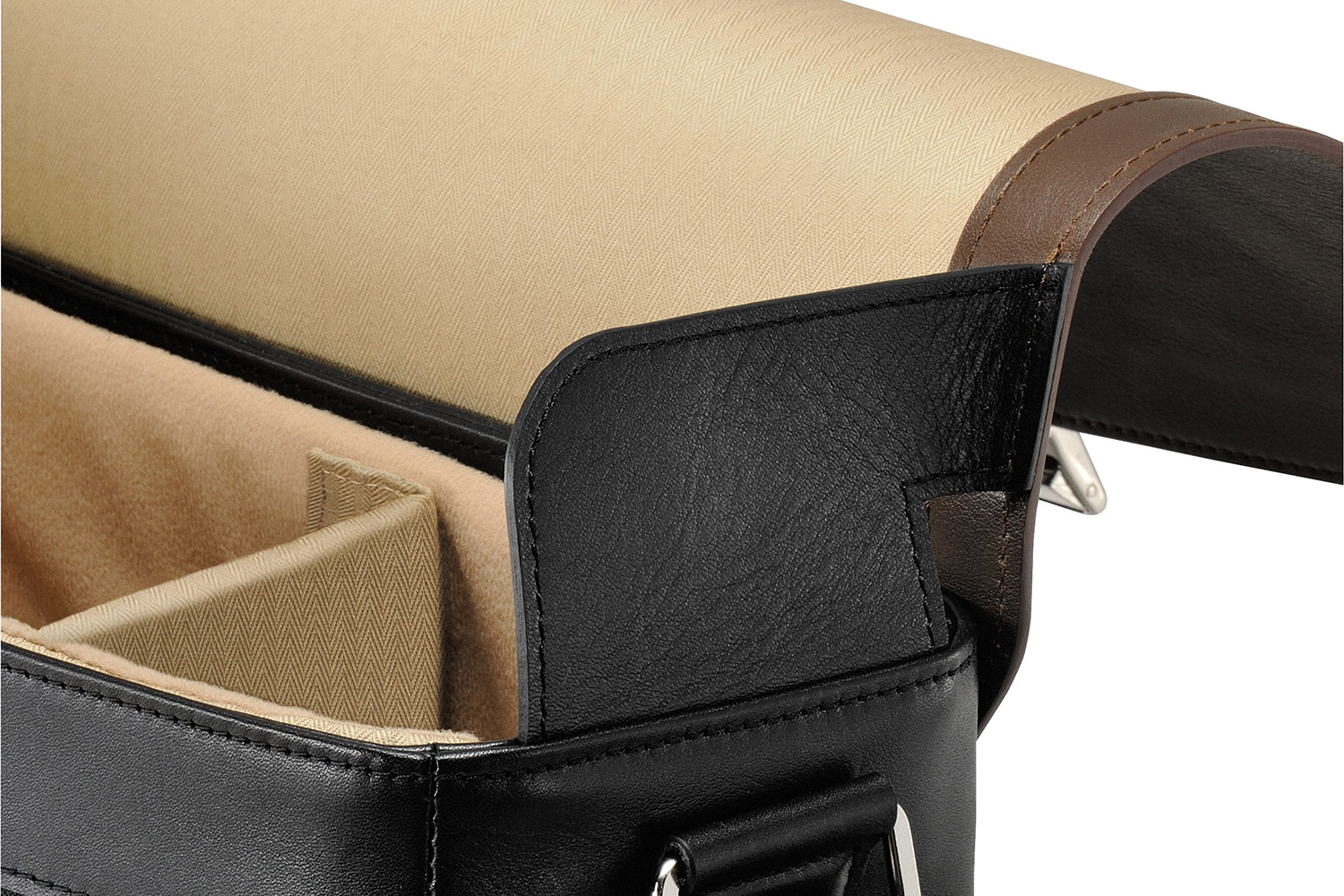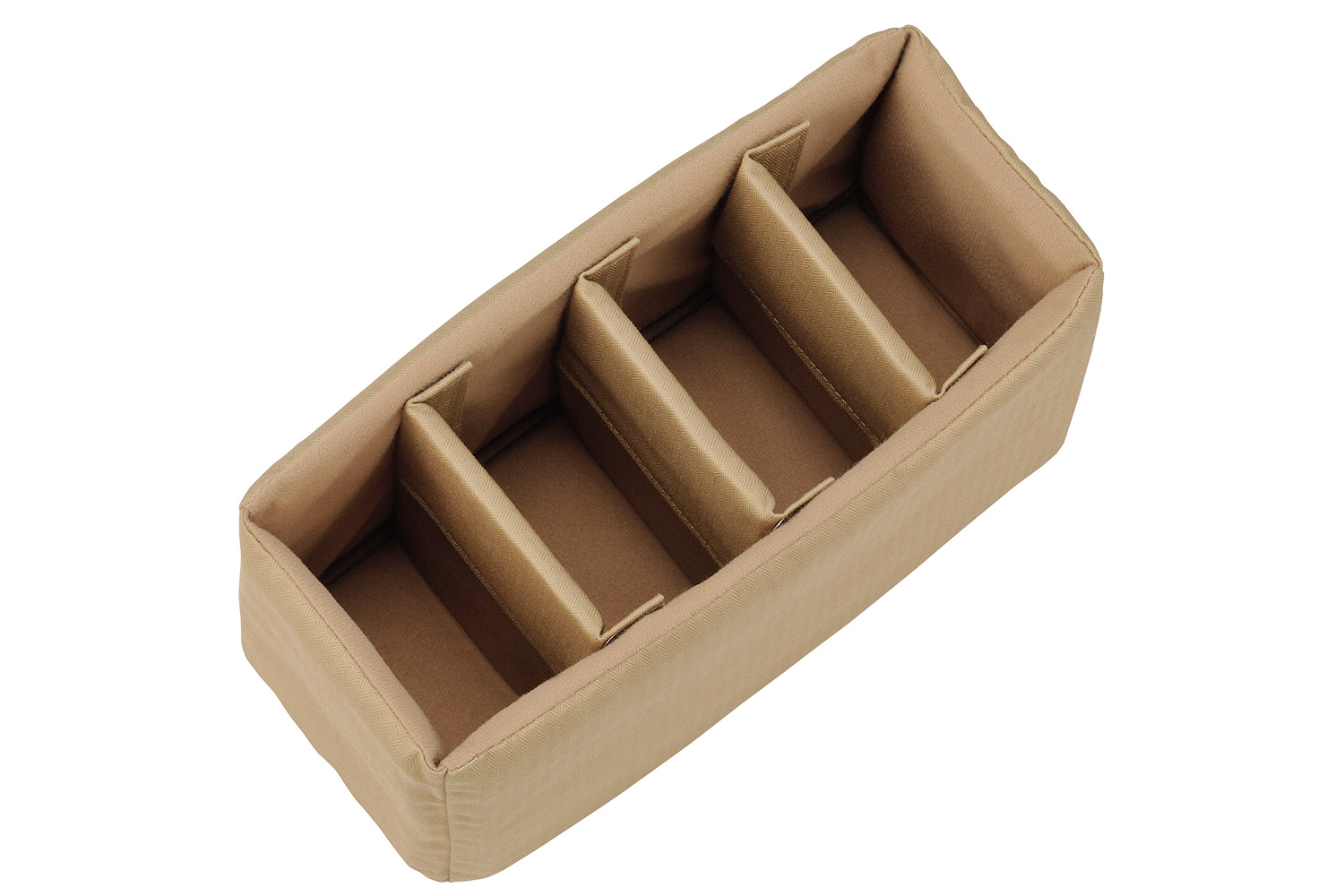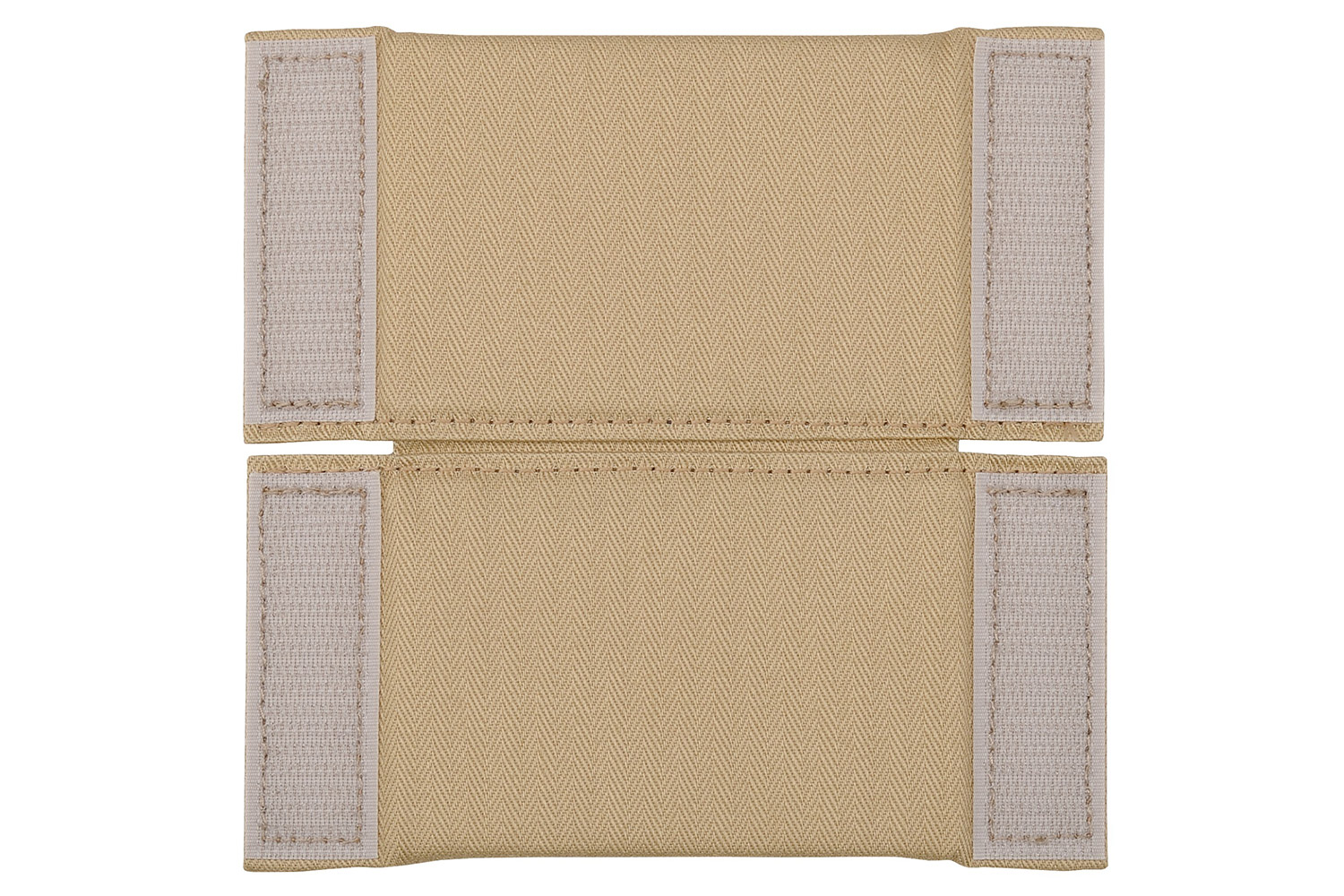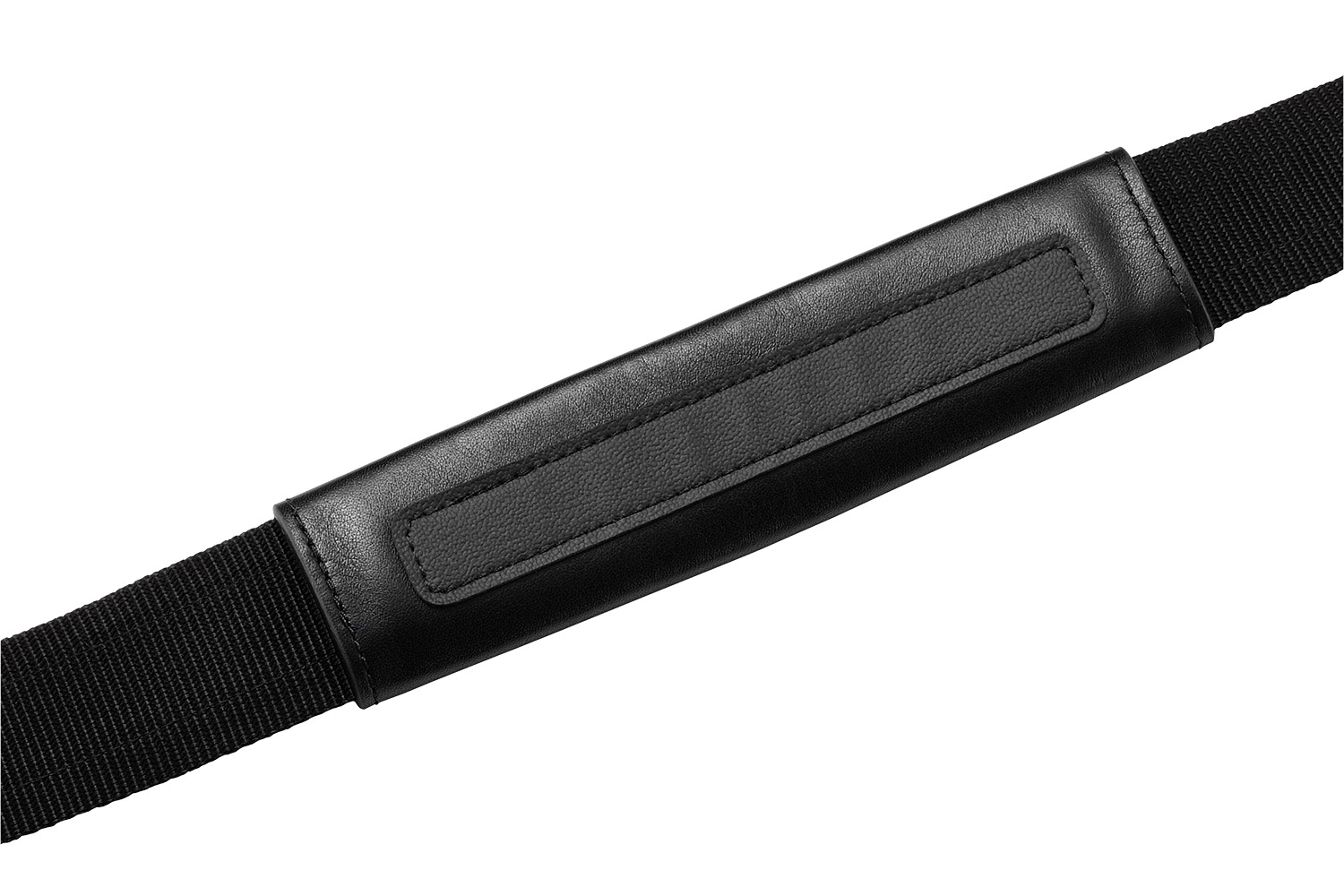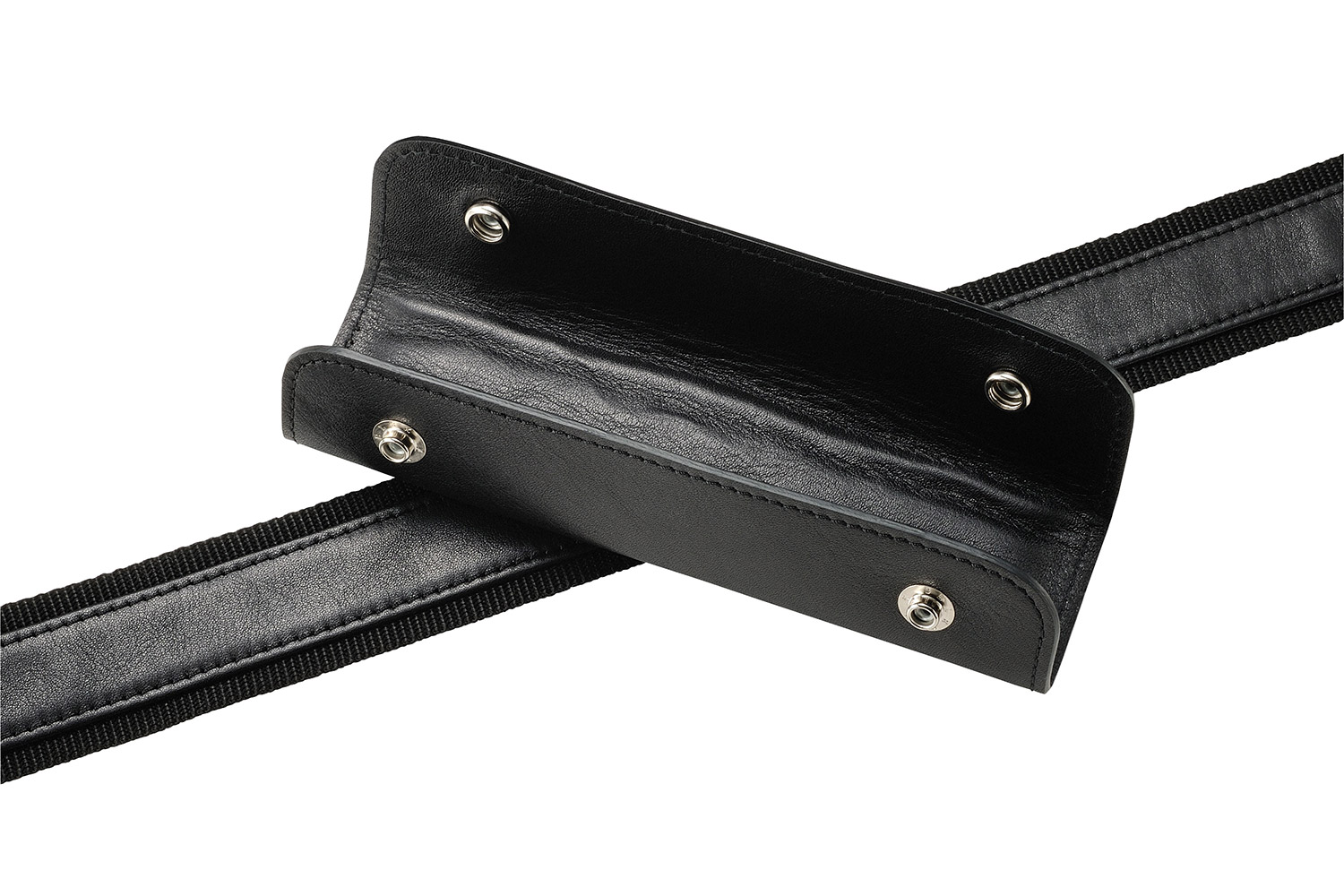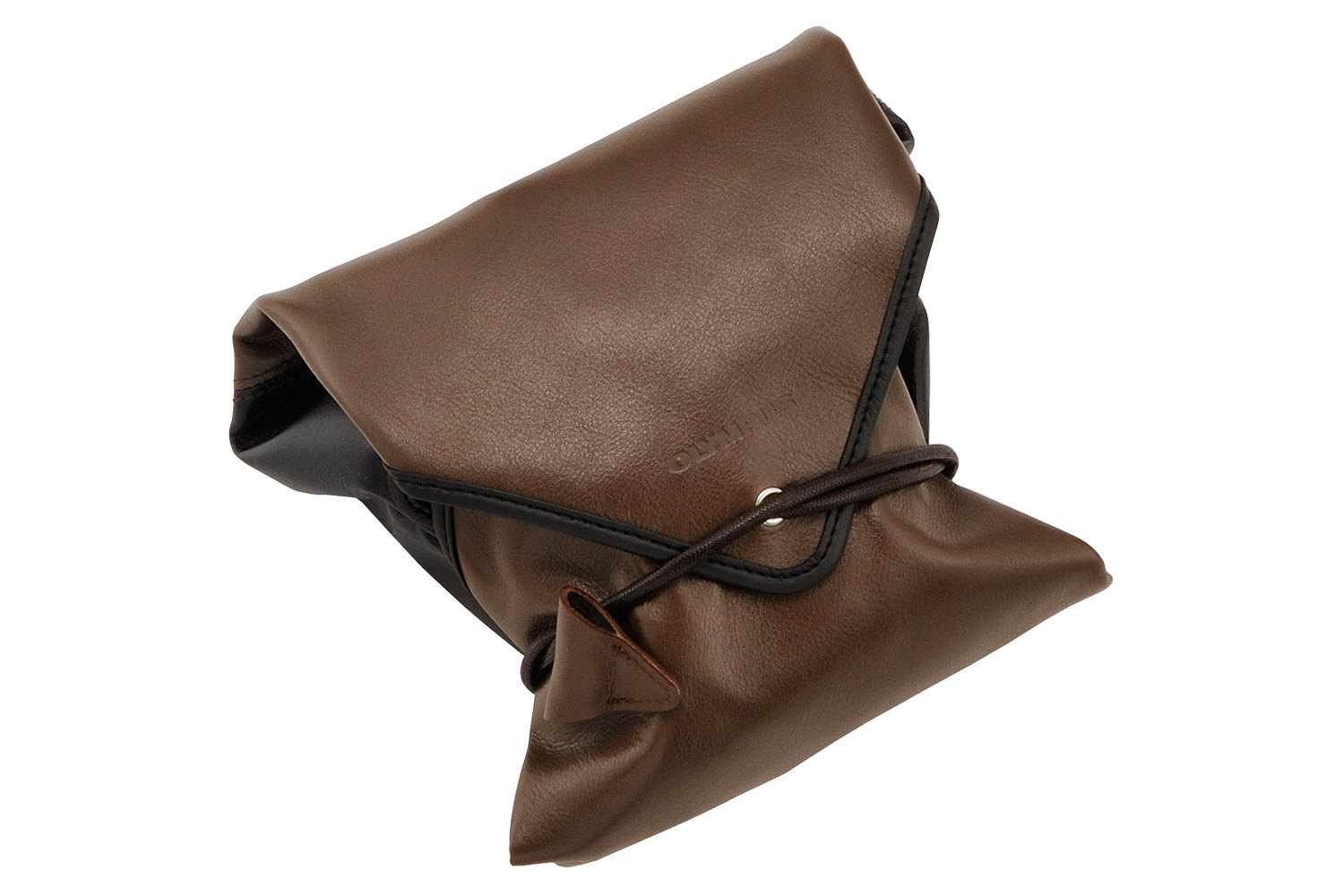It has been a year-and-a-half since we last saw a new PEN-series camera from Olympus. The Micro Four Thirds-based (MFT), mirrorless interchangeable lens camera (ILC) blends modern digital photography with Olympus’ camera heritage and high style. So it’s apt that Olympus is finally introducing a new model, one that connects with Olympus’ past: The PEN-F Digital, introduced Tuesday night, not only channels the retro design of the 1963 original, but celebrates the company’s 80th anniversary of making cameras. The $1,200 camera borrows technology from Olympus’ other MFT series, the O-MD, while also introducing some new ones.
While the O-MD cameras may be about high performance, the PEN-F is about sophisticated looks (not to say that it’s lacking in power; more on this later). From a design standpoint, it has cues from the classic film camera as well as the previous PEN models, the E-PL7. The front is clean looking, while the top and back offer the dials and buttons enthusiasts will be familiar with. Unlike the E-PL7, the PEN-F doesn’t have the L-shaped grip on the front-right, but a slight indentation in the bezel on the right and a larger thumb-rest on the back provide a firm two-handed grip. Emphasizing the word “premium,” there are no visible screws.
With a compact prime lens attached, it gives users the quality of a street photographer’s rangefinder, but it’s capable of focusing Olympus’ premium telephoto lenses, such as the new 300mm M. Zuiko Digital ED 300mm f4.0 IS PRO (the camera supports Olympus’ new five-axis sync function that adds increased stabilization when using select lenses with built-in IS; currently, it’s available only in the 300mm). The camera will stabilize any lens, including Olympus’ legacy glass, but, interestingly, it lets you create lens information so you can add it to the EXIF data.
Despite the looks, it has the trappings of an advanced camera. The PEN-F introduces a brand-new 20-megapixel Live MOS MFT sensor, and uses the same five-axis image stabilization system as the O-MD E-M5 Mark II and Olympus’ current TruePic VII image processor. The higher-resolution sensor also gives the camera a 50-megapixel Hi-Res Shot mode, similar to the 40-megapixel Hi-Res Shot introduced in the 16-megapixel E-M5 Mark II; when stabilized on a tripod, the camera can create a 50-megapixel image by using shifting the sensor around and capturing eight images that are then combined in-camera. In many ways, the PEN-F seems more advanced than the O-MD-series (at least, on paper).
In addition to a 3-inch vari-angle touch LCD (rated 1,037K dots), Olympus included an OLED electronic viewfinder (EVF) – something you don’t normally see in a PEN camera. The bright, circular EVF (rated 2.36-million dots; no need to add an eye-cup) offers the Simulated Optical Viewfinder (S-OVF) feature that, as the name suggests, mimics the quality of an optical viewfinder; introduced in the O-MD E-M10 Mark II, it increases the dynamic range so that the EVF image matches the “natural” colors and brightness that the human eye sees.
Complementing the mode and exposure compensation dials is a new dial on the front, for a function called Monochrome/Color Profile Control. According to Olympus, the dial allows photographers to control every aspect of an image; you can adjust the profiles for monochrome, color, art filter, and something called “color creator.” With this function, users could control highlights and shadows; change color saturation of specific colors; or apply effects, like film grain. Because of the new dial, the art filter and scene modes have been removed from the main mode dial; in their place, there are four custom modes, giving users greater customization.
The mechanical shutter is capable of a 1/8,000th-of-a-second speed, but for the moments where you need to be quiet, a silent mode lets you shut off all the sound and illumination, such as the flash and autofocus assist beam. The nice thing about the PEN-F’s silent mode is that you can turn some of those features back on, allowing you to customize the mode (in the past, everything was turned off).
The camera has Wi-Fi for pairing with a phone or tablet. In our experience, Olympus’ app is straightforward but works very well, and lets you share photos and control the camera remotely. While the PEN-F places an emphasis on photography, it can shoot video at Full HD 1080 at 60p. There’s no microphone jack, however.
For added luxury, the PEN-F will be offered alongside optional leather accessories, including a strap, bag, and jacket. For those who want a bit more grip on the camera, there’s one available.
Expect to see the PEN-F in March. It comes in retro silver-and-black and all-black versions.
